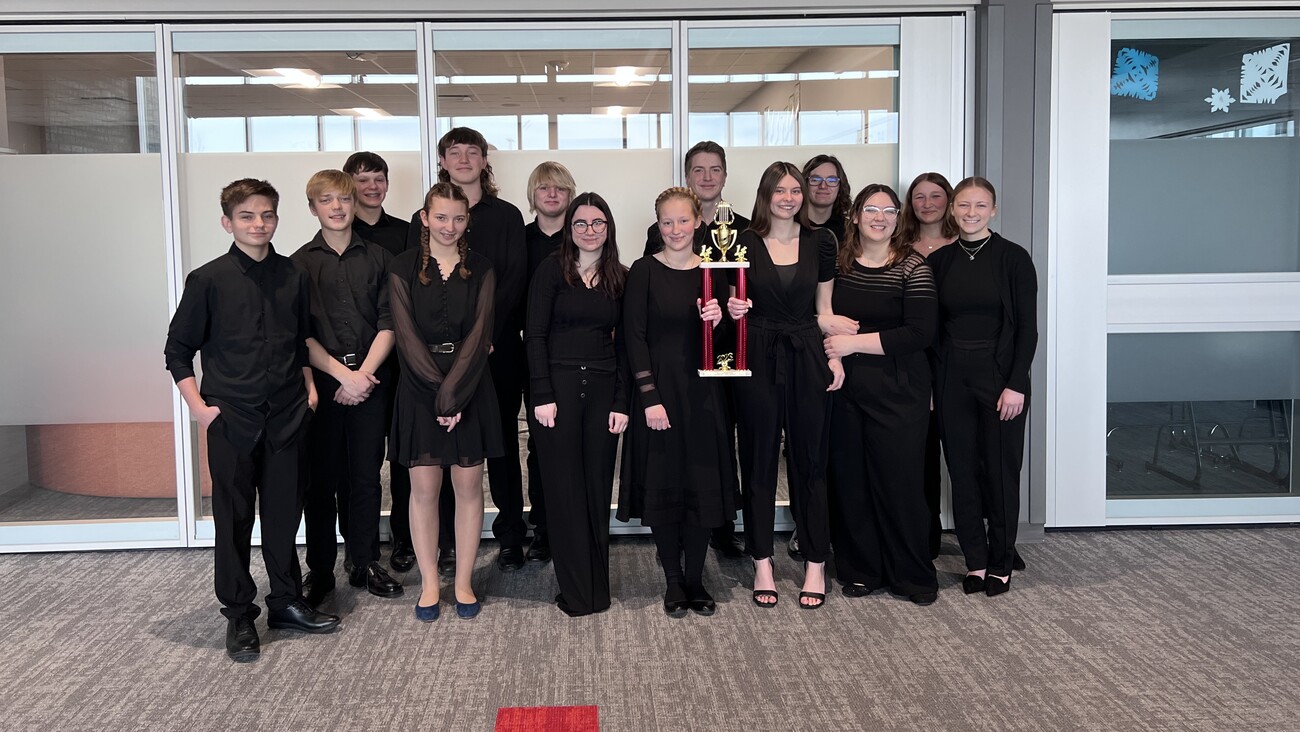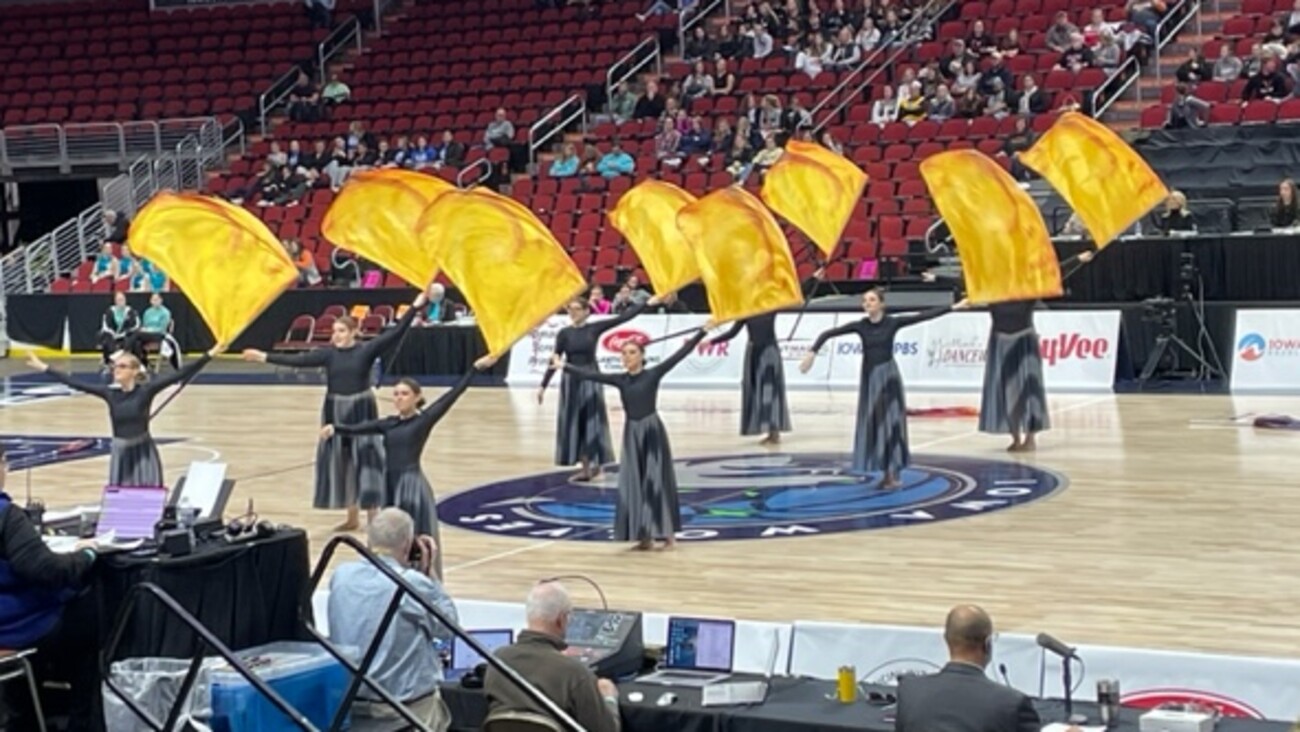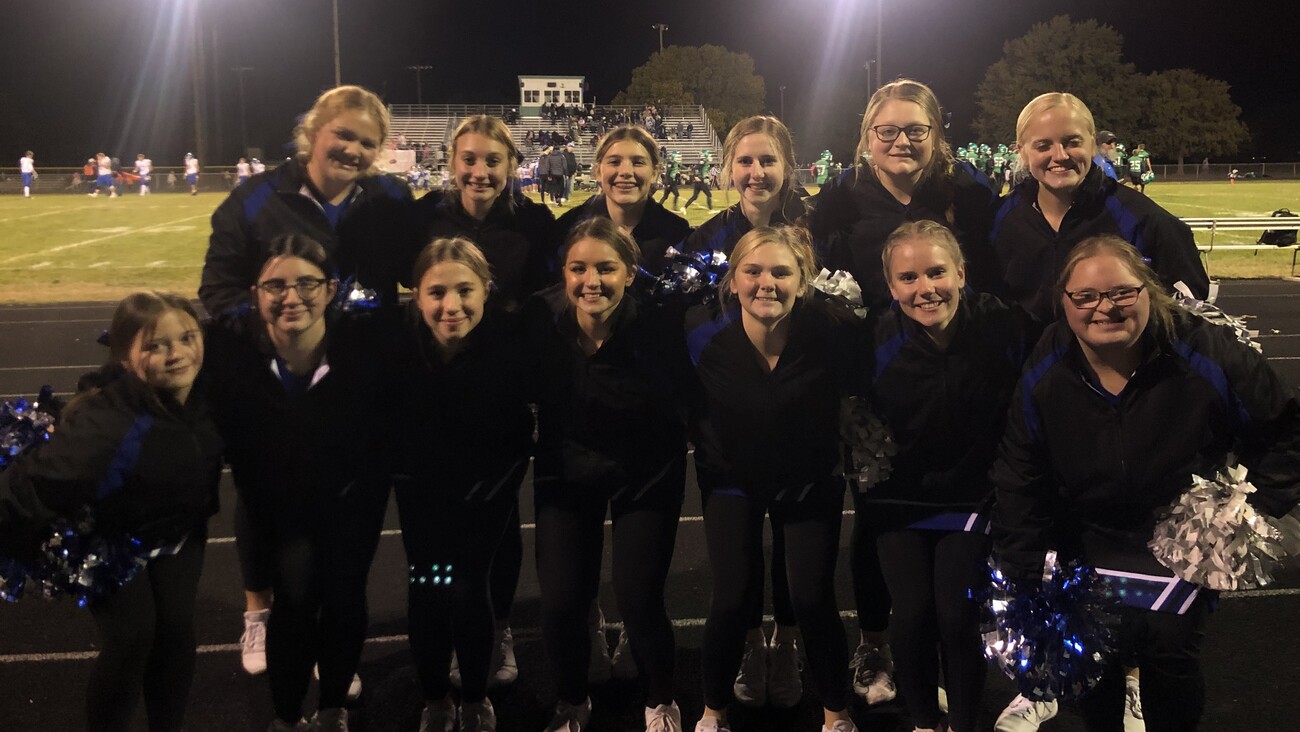From the Desk of the Superintendent...
FEBRUARY 2015 DISTRICT DISPATCH
More than four decades ago, the Iowa General Assembly established a school funding formula meant to provide all students equitable access to educational opportunities. While this formula has provided a strong foundation for the success of Iowa’s public schools and students, it is ready for some adjustments as time, economic conditions, and demographic circumstances have changed over the years. According to a report submitted recently by the Iowa School Foundation Formula Committee, inequities are not being adequately addressed by the formula in its current form. This committee, sponsored by the Iowa Association of School Boards, is comprised of representatives from Iowa’s Area Education Agencies, the Iowa Association of School Business Officials, the Iowa Association of School Boards, the Iowa State Education Association, School Administrators of Iowa, the Iowa Department of Education, and the Urban Education Network of Iowa.
In 2000, only 2.6 percent of public school students in the Midwest were English Language Learner (ELL) students. Today, in Des Moines alone, over 100 different languages and dialects from more than 20 different countries are represented. Similar scenarios are emerging in more rural areas of our state. For example, in the northeast Iowa school district of Postville, 56.2 percent of the school district’s students are identified as members of a minority population. Similar trends are appearing regarding poverty. In the 2000-01 school year, almost 27 percent of Iowa’s public school population utilized free and reduced lunch services. In the 2013-14 school year, that percentage increased to over 41 percent. These changing demographics have also had an impact on student achievement. According to the Iowa Department of Education, during the 2013-14 school year only 42 percent of English Language Learners in fourth grade were proficient on state reading tests compared to 78 percent of native English speakers. Clearly, not being a native English speaker puts a student at a disadvantage from the outset. With that reality in mind, providing additional resources to help ELL students become proficient in English language usage as quickly as possible helps them become proficient English language readers at a much younger age.
The demographics of our state and schools are changing and our school finance formula needs to change in order to meet the challenges associated with providing children in Iowa the skills necessary to help them maximize their potential. The Iowa School Foundation Formula Committee report seeks to make recommendations for adjustments to the school funding formula in order to help level the playing field in an equitable manner for all public school students in Iowa regardless of geography, ethnic background, or income level. But how is equity measured and how is it defined? According to the Iowa School Foundation Formula Committee report, equity refers to the fair distribution of resources for schooling, taking into account student differences and school district characteristics. This means that equity in school finance can be viewed from the following three perspectives: (1) Student Fairness: This is measured as the cost per pupil. The amount of funding provided per pupil should be relatively the same regardless of where the student lives within the state. This infers that all students will have an equal opportunity to receive a quality education because equal resources per student will be used to educate each student. ; (2) Student Need Fairness: This is also measured as the cost per pupil. However, the cost refers to additional resources needed for specific student groups, such as English Language Learners, special education students, or students who are at risk of dropping out of school.; and (3) Taxpayer Fairness: This is measured as the tax resources generated on a per pupil basis. The amount of local taxpayer funding per pupil should be relatively the same regardless of where the taxpayer lives within the state. In Iowa, this has translated into a supplemental increase in the amount of state aid provided on a per pupil basis to school districts that have a taxable valuation per pupil that is lower than the state taxable valuation per pupil. (Underwood does not receive a supplemental increase in the amount of state aid because our taxable valuation per pupil is above the state average. For the 2014-15 certified budget fiscal year, the state taxable valuation per pupil is $300,284 and Underwood’s taxable valuation per pupil is $347,655.). In the present legislative session, the Iowa School Foundation Formula Committee’s report is slated to be discussed. It will be interesting to see what level of discussion this report generates in Des Moines.
Don’t forget to order your tickets online at http://www.midwestix.com/ for the Jaimee Paul performance in the Underwood Performing Arts Center at 2:00 p.m. on Sunday, February 15, 2015. Also, please remember to note that there is no school on Friday, February 20, 2015, because of winter break.










